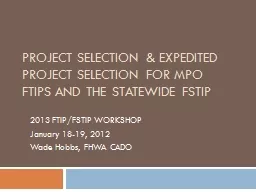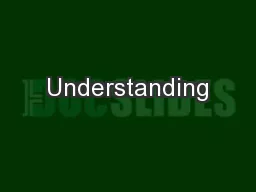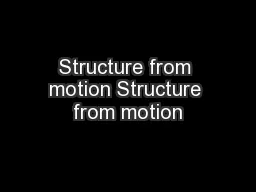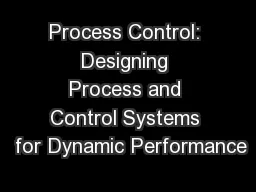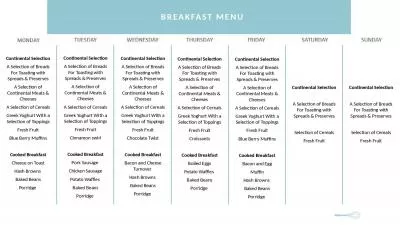PPT-chapter 3 SELECTION CONTROL STRUCTURE
Author : lindy-dunigan | Published Date : 2020-04-08
Chapter Outline 1Boolean values 2Relational operators 3Simple Boolean expressions 4Logical operators 5Compound Boolean Expressions Precedence amp associativity
Presentation Embed Code
Download Presentation
Download Presentation The PPT/PDF document " chapter 3 SELECTION CONTROL STRUCTURE" is the property of its rightful owner. Permission is granted to download and print the materials on this website for personal, non-commercial use only, and to display it on your personal computer provided you do not modify the materials and that you retain all copyright notices contained in the materials. By downloading content from our website, you accept the terms of this agreement.
chapter 3 SELECTION CONTROL STRUCTURE: Transcript
Download Rules Of Document
" chapter 3 SELECTION CONTROL STRUCTURE"The content belongs to its owner. You may download and print it for personal use, without modification, and keep all copyright notices. By downloading, you agree to these terms.
Related Documents


